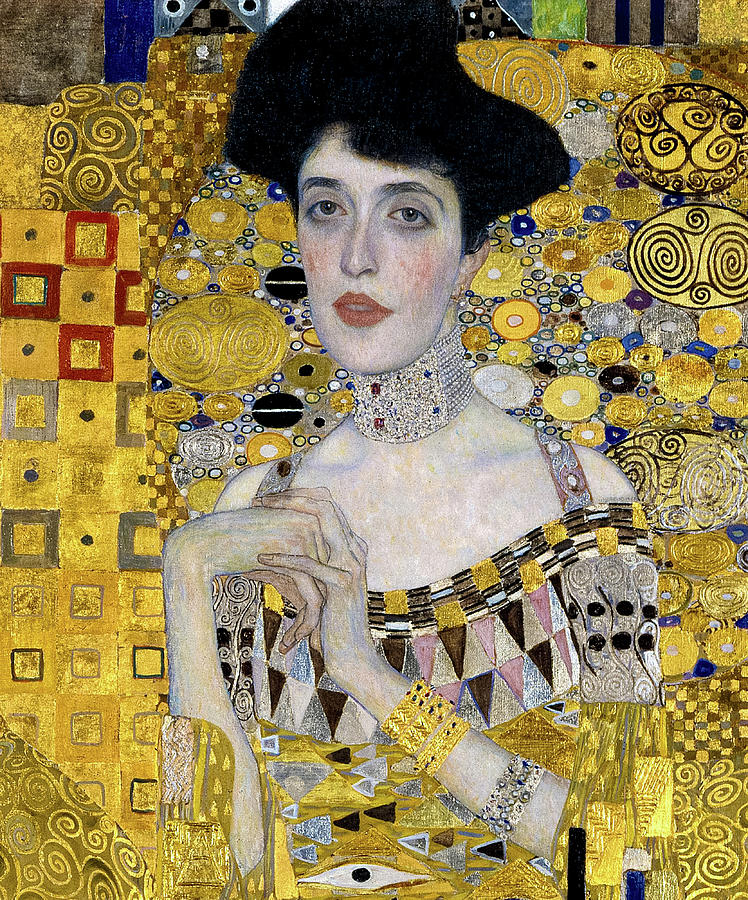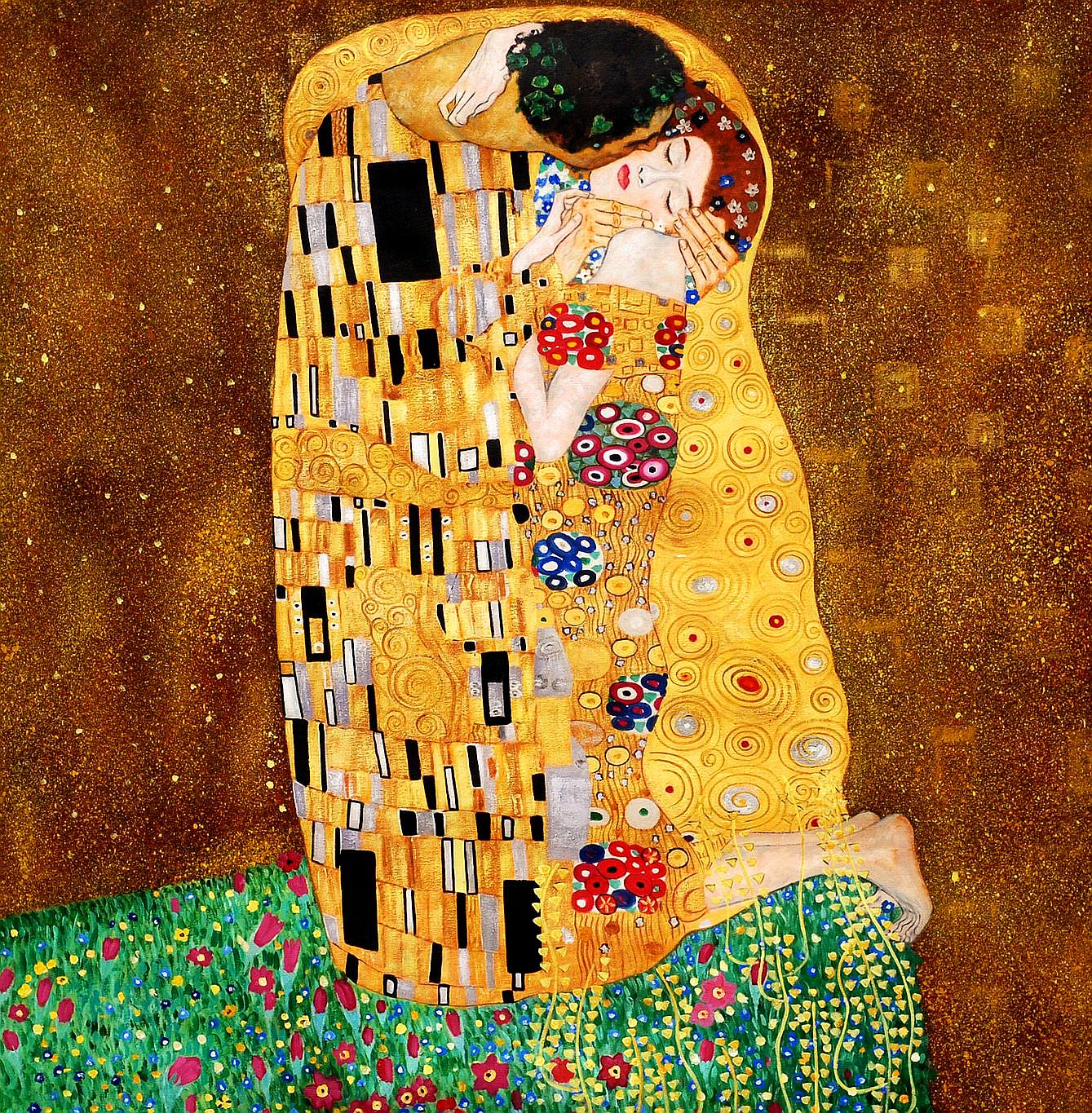Klimt Presentation
| Introduction to Klimt | ||
|---|---|---|
| Gustav Klimt was an Austrian symbolist painter born in 1862. He is known for his decorative and erotic style, and was a prominent figure in the Vienna Secession movement. Klimt's works often feature intricate patterns, gold leaf, and a combination of symbolism and realism. | ||
| 1 | ||
| Early Life and Education | ||
|---|---|---|
| Klimt was born in Baumgarten, near Vienna, and showed early talent in drawing. He studied at the Vienna School of Arts and Crafts, where he later became a successful mural painter. Klimt's early influences include Japanese art, Byzantine mosaics, and the works of Hans Makart. | ||
| 2 | ||
| The Vienna Secession | ||
|---|---|---|
| Klimt co-founded the Vienna Secession in 1897, a movement against the conservative Austrian art establishment. The Secession aimed to promote modern and innovative art forms, and Klimt became one of its leading figures. Klimt's most famous painting, "The Kiss," was created during this time and has become an iconic symbol of his style. | ||
| 3 | ||
| Symbolism in Klimt's Art | ||
|---|---|---|
| Symbolism played a significant role in Klimt's art, exploring themes of love, sexuality, and the human condition. He often used allegorical figures, such as femmes fatales and mythical creatures, to convey deeper meanings. Klimt's use of gold leaf in his paintings symbolizes both wealth and spirituality. | ||
| 4 | ||
| Portrait Paintings | ||
|---|---|---|
| Klimt was renowned for his portrait paintings, capturing the essence and personality of his subjects. His portraits often featured elaborate backgrounds and intricate details, reflecting his decorative style. "Portrait of Adele Bloch-Bauer I" is one of Klimt's most famous portraits, known for its shimmering gold background. | ||
| 5 | ||
| Landscapes and Nature | ||
|---|---|---|
| While Klimt is primarily known for his figurative works, he also painted landscapes and nature scenes. His landscapes often featured lush vegetation, lakes, and forests, capturing the beauty of the Austrian countryside. Klimt's landscapes, although less famous, showcase his mastery of color and his ability to evoke emotion. | ||
| 6 | ||
| Legacy and Influence | ||
|---|---|---|
| Klimt's art continues to inspire and influence artists around the world. His unique style and exploration of themes have left a lasting impact on the art world. Klimt's paintings are highly sought-after and have achieved record-breaking prices at auctions. | ||
| 7 | ||
| Major Works | ||
|---|---|---|
| Some of Klimt's notable works include "The Kiss," "Portrait of Adele Bloch-Bauer I," and "The Tree of Life." "The Kiss" is an iconic painting depicting a couple locked in an intimate embrace, showcasing Klimt's sensual style. "Portrait of Adele Bloch-Bauer I" is a celebrated portrait and was the subject of a high-profile restitution case. | ||
| 8 | ||
| Museums and Exhibitions | ||
|---|---|---|
| Klimt's works can be found in various museums around the world, including the Belvedere Museum in Vienna and the Museum of Art History in Vienna. Special exhibitions dedicated to Klimt's art are frequently organized, allowing visitors to appreciate his works up close. Klimt's legacy is preserved through these institutions, ensuring his art continues to be celebrated. | ||
| 9 | ||
| Conclusion | ||
|---|---|---|
| Gustav Klimt's unique style, symbolism, and contribution to the Vienna Secession movement have solidified his place in art history. His paintings continue to captivate audiences with their intricate details, sensuality, and exploration of the human condition. Klimt's legacy lives on through his influential works, inspiring generations of artists and art enthusiasts alike. | ||
| 10 | ||








